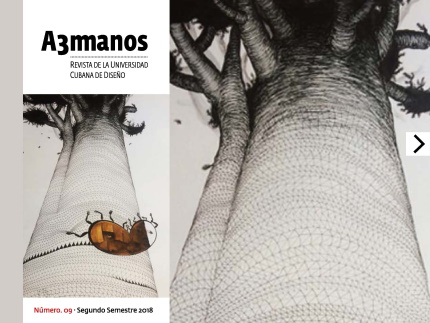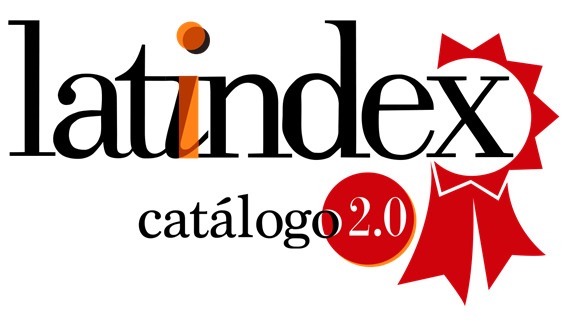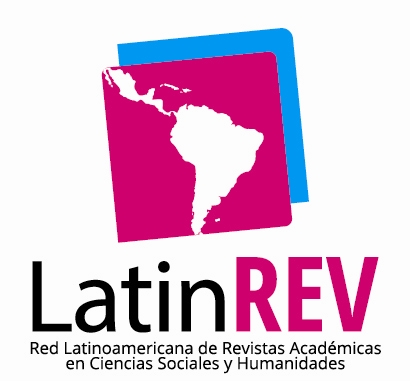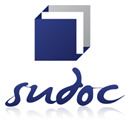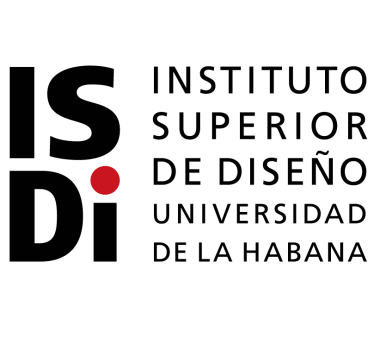Application of the philosophy of Concurrent Engineering in the design process of machinery in the ISDi.
##plugins.themes.bootstrap3.article.main##
Abstract
Since the last decades of the twentieth century, thanks to the development of ICTs, the philosophy of Concurrent Engineering (CI) began to be applied, which is based on x-disciplinary and non-sequential work, in order to respond more quickly, effectively and efficiently to the development and production of products. Machinery design has benefited from the philosophy of CE, and the use of ICTs, that increase the productivity of design, shorten work times; they allow remote access to information by multiple actors, improve the quality of the solutions and their documentation; they allow: preview parts or mechanisms; to simulate the interaction between the parties, or between the user with the product; as well as checking the resistance of the materials used, joints or assemblies.
 
The diagnosis expresses the current state of the application of the CE and the ICTs in the process of design of machinery in the ISDi and the Cubanb industry, evidenced inconsistencies in their results.
 
##plugins.themes.bootstrap3.article.details##

This work is licensed under a Creative Commons Attribution-NonCommercial-ShareAlike 4.0 International License.
- Attribution ‚ÄĒ You must give appropriate credit , provide a link to the license, and indicate if changes were made . You may do so in any reasonable manner, but not in any way that suggests the licensor endorses you or your use.
- NonCommercial ‚ÄĒ You may not use the material for commercial purposes .
- No additional restrictions ‚ÄĒ You may not apply legal terms or technological measures that legally restrict others from doing anything the license permits.
- ShareAlike ‚ÄĒ If you remix, transform, or build upon the material, you must distribute your contribution under the same license as the original. NOTE: This point applies to numbers 1 to 20 of the magazine with the previous CC-BY-NC-SA 4.0 license. Does not apply to the new CC BY-NC 4.0 license from Volume 11, Number. 21 (2024).
References
Angulo √Ālvarez, Carlos (2002). M√©todo de dise√Īo in- dustrial asistido por computadoras. MDIAC.
An√≥nimo. (2008)¬ŅQu√© tipos de software hay y c√≥mo se clasifican? Recuperado de https://darkub.wor- dpress.com/2008/12/20/%C2%BFque-tipos-de-soft- ware-hay-y-como-se-clasifican/
Anónimo. (2012). Clasificación del software. Recupe- rado de http://www.mitecnologico.com/Main/Cla- sificacionDelSoftware
Anónimo. (2013). Introducción al CAD/CAM. Recu- perado de https://lenguajedeingenieria.files.word- press.com/2013/02/introduccic3b3n-al-cad-cam.pdf
Anónimo. (2016). Vía Definición. Recuperado de: http://definicion.mx/proceso/
Anónimo. CAD aplicaciones y tipos de programas. Recuperado de http://platea.pnTIC.mec.es/~jalons 3/4ESO/1diseno/2aplitipo.htm
Barrios, J. & Montoya, Jhonathan. La gestión como Clientes (CRM) Recuperado de http://site/ticsge- renciaempresarial/las-tics-en-la-gerencia-empre- sarial/crm
Bernal Barr√≥n, Roberto (2002). Propuesta de un mo- delo del proceso de Dise√Īo Industrial apoyado en las nuevas tecnolog√≠as de la informaci√≥n y su aplica- ci√≥n. CyAD, UAM Azcapotzalco, M√©xico.
Betancourt Herrera, ScD. Jos√© Luis. (2016). ‚ÄúNue- vas Tecnolog√≠as para el Dise√Īo‚ÄĚ. Maestr√≠a Gesti√≥n de Dise√Īo, M√≥dulo ‚ÄúNuevas Tecnolog√≠as para el Di- se√Īo‚ÄĚ, Conferencia 1. ISDi, La Habana, Cuba.
Bonilla, Ana (2003). Gu√≠a B√°sica para la Aplicaci√≥n de las TICS en PYMES. Cap√≠tulo 1 Herramientas de dise√Īo e ingenier√≠a.
Candal M. V. (2005) Integraci√≥n CAD/CAE/CAM- PR en la optimizaci√≥n del dise√Īo de productos pl√°sticos: caso de estudio. Revista Ciencia e Inge- nier√≠a. Vol. 26 No. 3. Universidad Sim√≥n Bol√≠var, Caracas, Venezuela.
Díaz, ScD. David. (2015) Tecnologías de Informa- ción y Comunicaciones (TICs) y su rol en la Inno- vación. CID. Facultad de economía y negocios de la Universidad de Chile.
EAE Business School. (2018). ¬ŅPor qu√© necesi- to un software para la gesti√≥n de proyectos? Re- cuperado de https://www.eaeprogramas.es/ empresa-familiar/2014/11/10-softwares-gratuitos- para-gestionar-proyectos.htm
Maury, Dr. Heriberto. (2003). Ingeniería Concu- rrente. Universidad del Norte Departamento de In- geniería Mecánica.
Pe√Īa, MSc. Sergio. (2007). Propuesta de curr√≠culo para la formaci√≥n de dise√Īadores. Tesis para optar por el t√≠tulo de M√°ster en Gesti√≥n de Dise√Īo. ISDi, La Habana, Cuba.
P√©rez, MSc. Milvia. (2015). ‚ÄúTeor√≠a de Dise√Īo‚ÄĚ. Maestr√≠a Gesti√≥n de Dise√Īo, M√≥dulo ‚ÄúTeor√≠a de Di- se√Īo‚ÄĚ, Conferencia 1. ISDi, La Habana, Cuba.
Ramirez, C. (2011) Propuesta metodológica para el desarrollo de productos. Pensamiento y Gestión
Ribas Romeva, Carles. (2002). Dise√Īo Concurren- te. Barcelona, Espa√Īa: Edicions UPC.
Siemens. (2018). Soluciones PLM por línea de- producto. Recuperado de http://Soluciones%20 PLM%20por%20línea%20de%20producto%20-%20 Tecnología%20de%20automatización%20-%20Sie- mens.htm
SolidWorks. (2011). Conexión ERP/MRP. Recupera- do de http://sw/products/product-data-manage- ment/erp-mrp-conntection.htm

